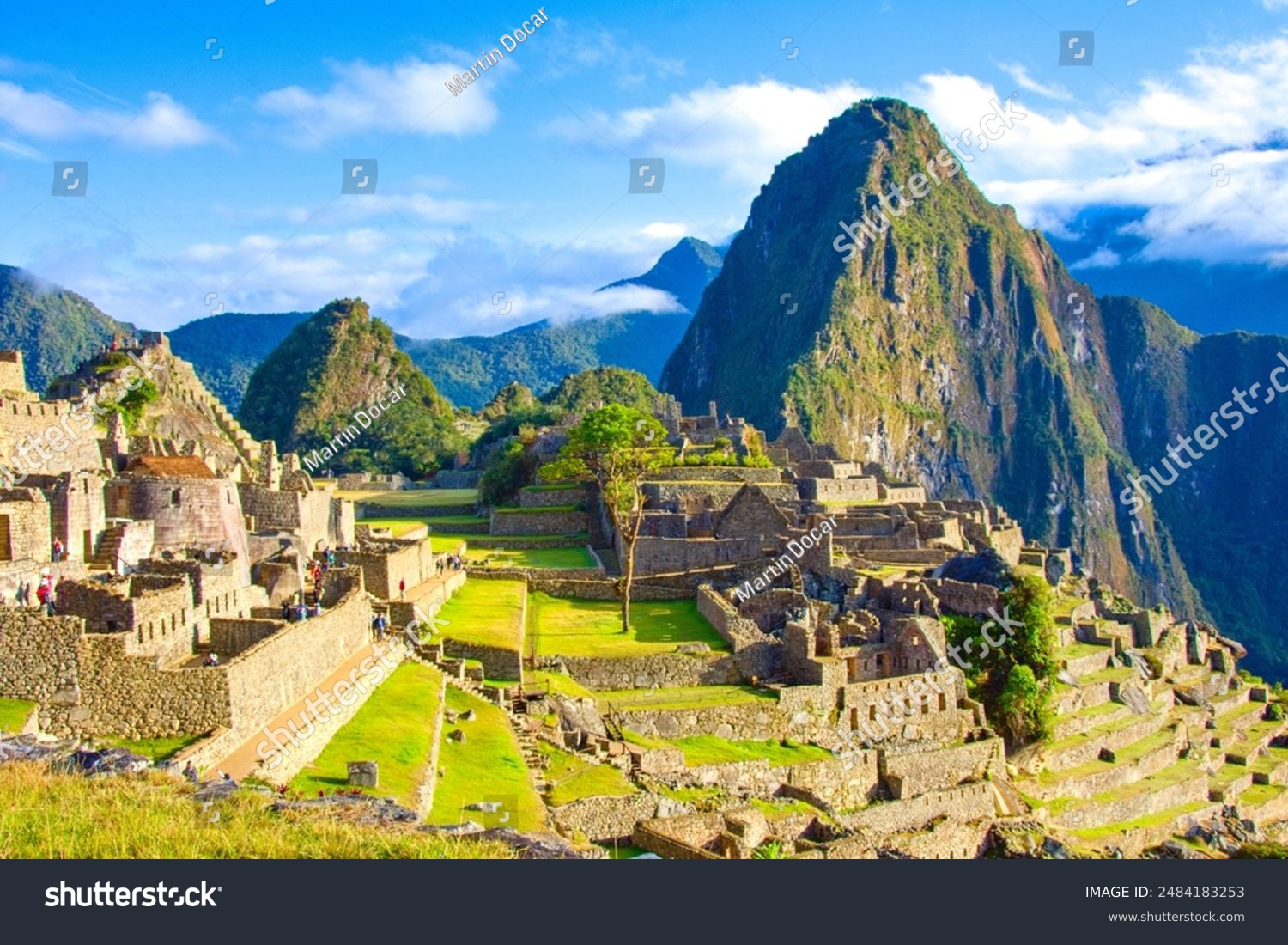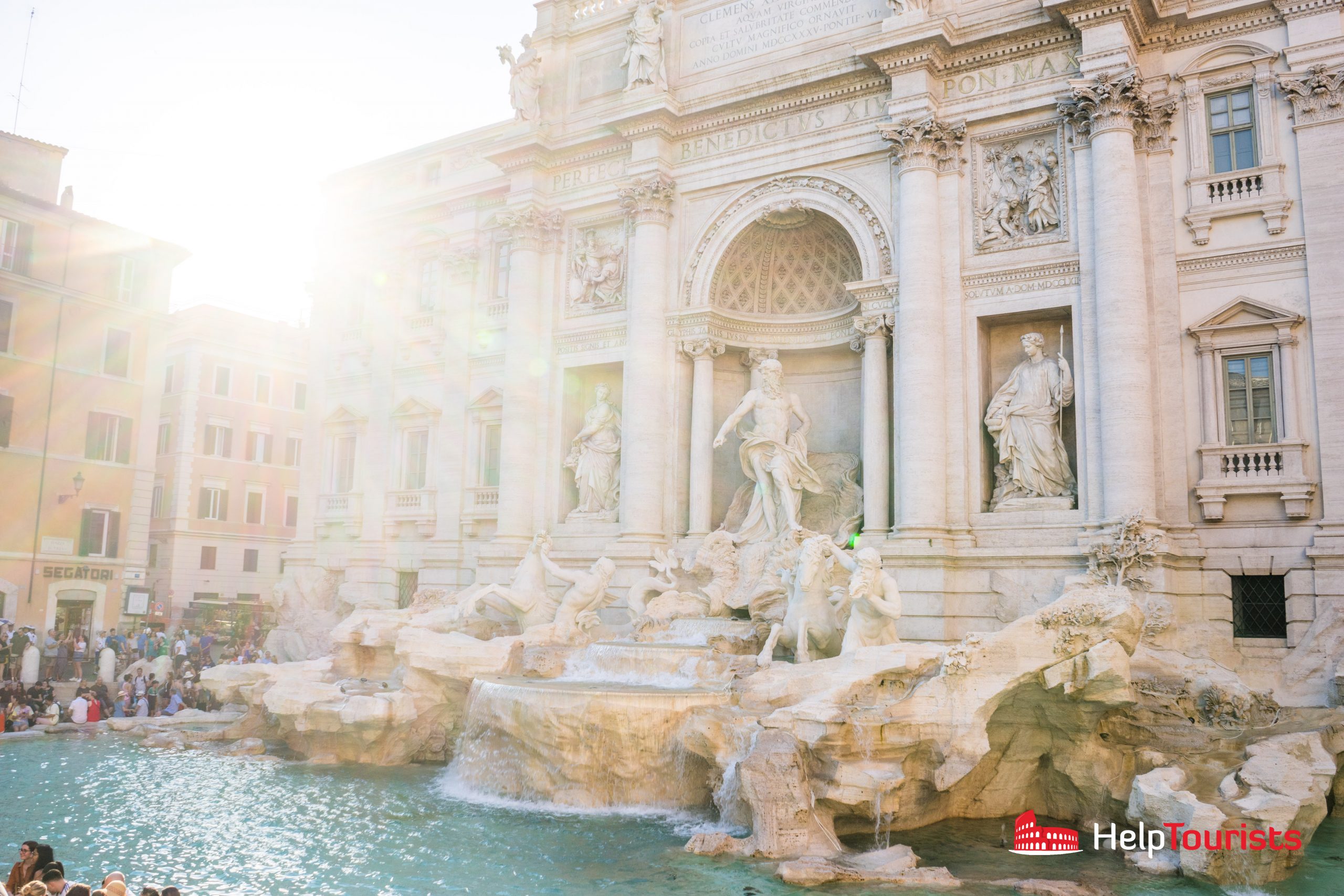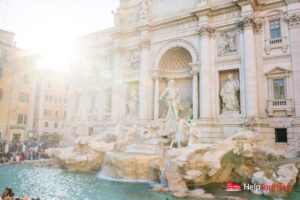Peru, a land imbued with a rich tapestry of history and culture, is often viewed as a treasure trove of fascinating facts and stories. From the ethereal heights of Machu Picchu to the enchanting whispers of ancient legends, this South American country captivates the imagination, offering a unique appeal that tempts both the adventurous traveler and the curious mind. Here are some fun facts that illuminate the distinctiveness of Peru, blending mystique with reality.
1. The Enigmatic Machu Picchu
Perched majestically in the Andes, Machu Picchu is a legendary citadel that beckons travelers from around the globe. Often referred to as the “Lost City of the Incas,” its intricate architecture showcases advanced engineering marvels, such as terracing and irrigation systems, blending seamlessly with the surrounding landscape. This UNESCO World Heritage site, discovered in 1911, serves as a poignant reminder of the ingenuity of the Inca civilization. The citadel’s precise positioning on a mountain ridge ensures that it captures the first rays of sunlight each morning, illuminating its ancient stones in a golden glow.
2. Culinary Delights: A Taste of Diversity
Peruvian cuisine is an epicurean expedition, an elegant mosaic of flavors and ingredients that reflects the country’s diverse geography. Renowned dishes like ceviche—a fresh combination of raw fish marinated in citrus juices—embody the coastal bounty of the Pacific Ocean. In contrast, the Andean highlands yield hearty soups such as pachamanca, which incorporates native tubers and meats cooked underground with hot stones. This culinary fusion tells the story of a country where geography, history, and culture coexist harmoniously, resulting in a gastronomic feast that has garnered international acclaim.
3. The Sacred Valley of the Incas
Not far from Machu Picchu lies the Sacred Valley, a fertile paradise nestled between towering peaks. This verdant valley is imbued with ancient significance, serving as a crucial agricultural hub for the Incas. With its picturesque villages like Ollantaytambo and Pisac, each with unique markets and stunning ruins, the Sacred Valley is more than a feast for the eyes; it encapsulates the spiritual heart of Peru. The valley’s proximity to sacred sites reinforces its status as a pilgrimage destination, where one can still feel the reverberations of ancient traditions woven into daily life.
4. The Mystique of Lake Titicaca
Lake Titicaca, the highest navigable lake in the world, is a shimmering expanse steeped in myth and folklore. According to local lore, it is the birthplace of the Incas, emerging from its depths as a portal to creation. The lake’s stunning blue waters are complemented by reed islands inhabited by the Uros people, who continue to live in accordance with their ancestral customs. This aquatic wonderland, at once tangible and ethereal, provides a glimpse into the harmonious relationship between the land and its indigenous peoples.
5. The Nazca Lines: An Unraveled Puzzle
The Nazca Lines are one of Peru’s most astonishing enigmas, stretching across the arid plains like colossal hieroglyphs. These ancient geoglyphs depict a variety of figures, from animals to geometrical shapes, sparking theories ranging from astronomical calendars to extraterrestrial messages. Viewed best from the skies, the lines have left researchers astounded, as their true purpose remains shrouded in mystery. This archeological marvel invites both skepticism and wonderment, standing as a testament to the ingenuity of the Nazca culture.
6. Peru’s Rich Biodiversity
Peru boasts an astounding array of biodiversity, ranking among the most biodiverse nations on the planet. The Amazon rainforest, a veritable paradise of flora and fauna, teems with life forms that range from elusive jaguars to vibrant macaws. Additionally, the Andes contribute to an astounding variety of ecosystems, supporting unique species such as the vicuña and Andean condor. This ecological richness reflects not only a diverse landscape but also the cultural importance of nature in daily Peruvian life.
7. A Mosaic of Languages
The linguistic landscape of Peru is a delightful mosaic, with over 47 languages spoken across its territories. While Spanish is the dominant language, Quechua and Aymara hold significant cultural importance, serving as living links to the Inca heritage. The coexistence of these languages echoes the cultural tapestry of the nation, underscoring the importance of indigenous traditions and the preservation of linguistic diversity amidst a rapidly globalizing world.
8. The Vibrant Festivals
Celebrations in Peru are a vivid manifestation of its cultural heritage, resonating with jubilant enthusiasm and a plethora of colors. Festivals like Inti Raymi, the Festival of the Sun, revive ancient Inca rituals, drawing thousands to the sacred ruins of Sacsayhuamán. Communities come alive with music, dance, and traditional attire, creating an atmosphere that reflects the harmonious confluence of history and contemporary culture. Such festivities offer an immersive experience of Peru’s identity, where the past is continuously celebrated in the present.
9. Treasures of the Amazon: Medicinal Plants
The Amazon rainforest in Peru is often regarded as the “lungs of the Earth” and a sanctuary for medicinal plants. Indigenous tribes have long relied on the bountiful biodiversity for healing practices, utilizing herbs and plants that have remained largely unknown outside their cultures. The wisdom embedded in traditional medicine continues to inspire scientific research, shedding light on potential remedies for contemporary ailments. The rainforest serves as both a natural pharmacy and a testament to the profound interconnection between nature and health.
10. Geological Wonders: The Colca Canyon
Colca Canyon, one of the deepest canyons in the world, is a geological marvel that inspires awe and reverence. Carved by the Colca River, this canyon is twice as deep as the Grand Canyon, showcasing breathtaking landscapes where soaring condors glide effortlessly. The surrounding terraced fields reflect the agricultural genius of early inhabitants, harmonizing with the rugged beauty of the terrain. Visitors to Colca Canyon are treated to a feast for the senses, where the splendor of nature converges with rich cultural heritage.
In conclusion, Peru is not merely a country but a living tapestry woven from history, culture, and natural beauty. The myriad facets of this South American jewel create an alluring experience, inviting explorers to delve deeper into its heart. From the architectural wonders of the Incas to the vast biodiversity of the Amazon, each aspect contributes to a narrative that is as captivating as it is diverse. Peru, with its intriguing legends and vibrant culture, continues to be a beacon of fascination for all who seek to uncover its mysteries.










